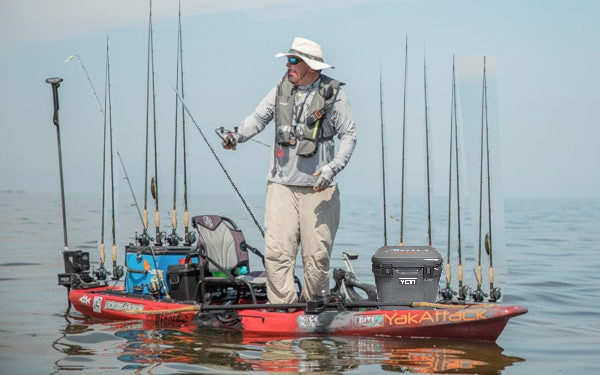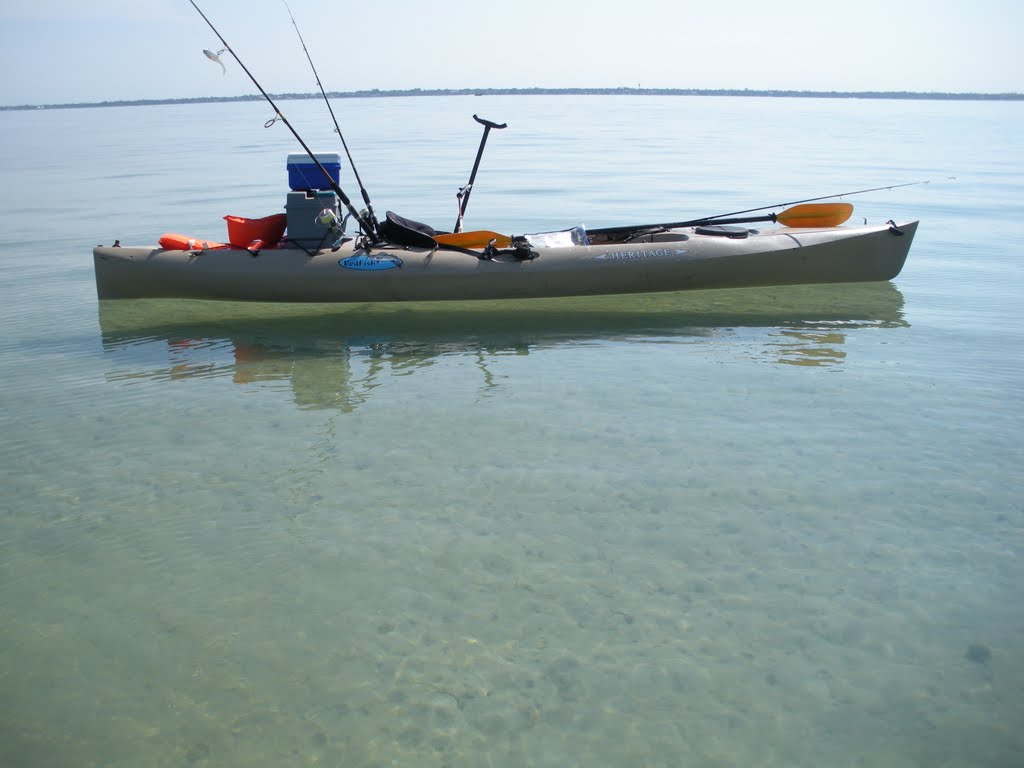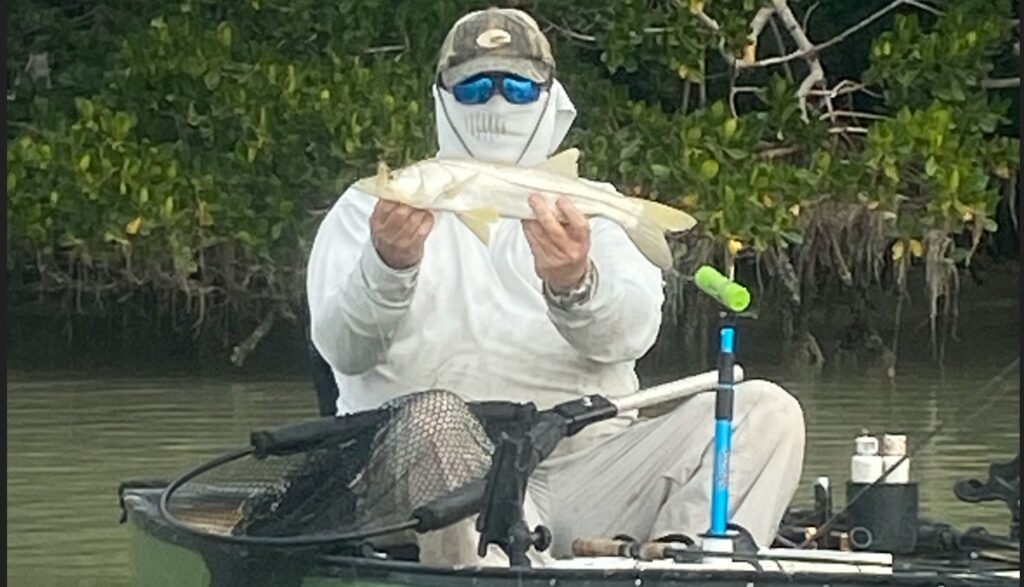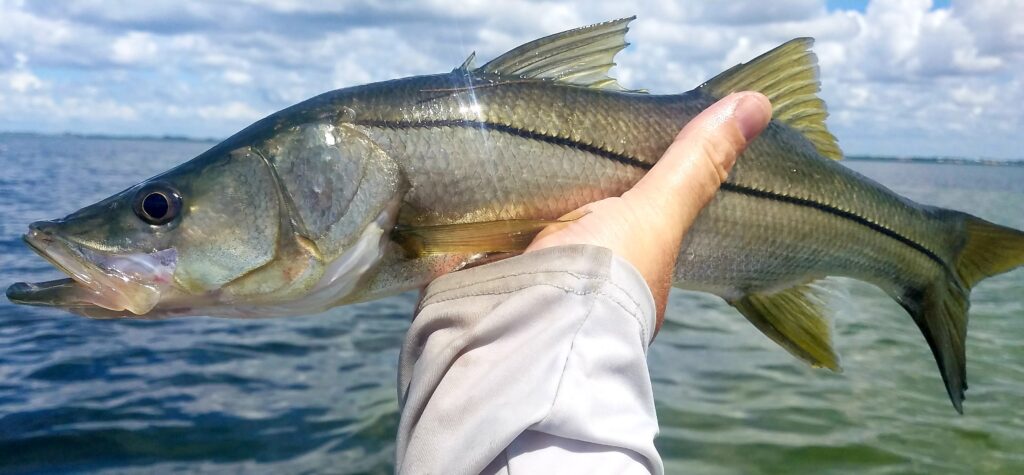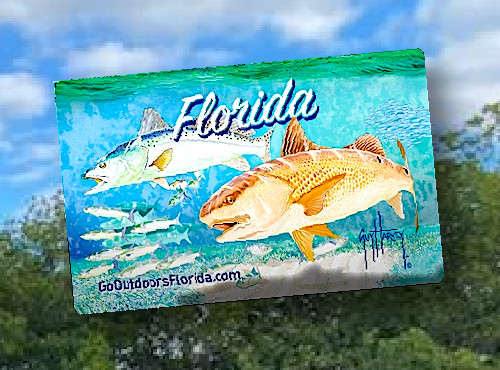Introduction:
Fishing with topwater baits is an exhilarating experience that can produce explosive strikes and memorable fishing moments. Whether you’re targeting freshwater bass or saltwater game fish, topwater lures create a commotion on the water’s surface, mimicking injured prey and enticing predatory fish to strike. In this blog post, we will explore the exciting world of topwater fishing and provide you with valuable tips and techniques to enhance your success in both freshwater and saltwater environments.
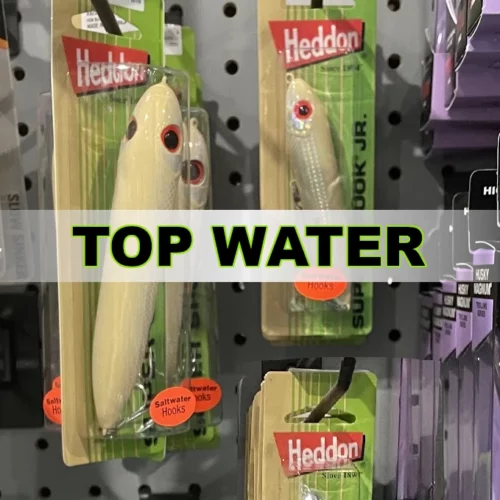
- Understanding Topwater Baits:
Topwater baits are designed to imitate creatures that swim or move on the water’s surface. They come in various styles, including poppers, prop baits, walking baits, buzzbaits, and frogs, each with its own unique action and presentation. These lures often feature a buoyant body, treble hooks, and enticing appendages that create splashes, ripples, and commotion to attract fish from below. - Target Species and Conditions:
a. Freshwater: In freshwater, topwater baits are highly effective for species like bass, pike, musky, and panfish. Consider the prevailing conditions such as water temperature, time of day, and cover type (weeds, lily pads, or submerged structure) to determine the best species and areas to target with topwater baits.
b. Saltwater: In saltwater, topwater baits can entice strikes from species like striped bass, redfish, snook, tarpon, and even offshore pelagic fish. Pay attention to tidal movements, water clarity, and the presence of baitfish to maximize your success when fishing with topwater lures. - Retrieve Techniques:
a. Popping: For poppers and chuggers, use a rhythmic popping motion by sharply twitching your rod tip to make the lure create a “pop” or “splash” on the water’s surface. Pause between pops to imitate a wounded or disoriented prey.
b. Walking the Dog: Walking baits, also known as stickbaits or prop baits, require a side-to-side “walking” motion. Sweep your rod tip back and forth while reeling slowly, causing the lure to zigzag and create a tantalizing s-curve movement.
c. Buzzing: Buzzbaits are retrieved quickly on the water’s surface, creating a buzzing sound and surface disturbance that mimics a struggling or fleeing baitfish. Maintain a steady retrieve speed to keep the bait buzzing and attracting attention.
d. Frogging: When fishing with frog lures, cast them into weed mats, lily pads, or other vegetation. Use a series of short twitches and pauses to mimic a frog’s movement, making it look like it’s hopping or swimming through the cover. - Location and Presentation:
a. Freshwater: Target areas with cover such as lily pads, weed beds, fallen trees, or rocky structures. Work the bait along the edges and pockets of cover, as predatory fish often lie in wait to ambush prey.
b. Saltwater: In saltwater, look for areas with active baitfish like schools of mullet, areas with structure such as rock jetties, pilings, or grassy flats. Cast your topwater bait near these areas and work them with the appropriate retrieve technique to entice strikes. - Timing and Considerations:
a. Time of Day: Topwater fishing is often most productive during low-light periods, such as early morning or late evening when fish are more active near the surface. However, don’t discount the potential for topwater action throughout the day, especially under overcast skies or in shaded areas.
b. Seasonal Patterns:
Adjust your bait selection and presentation based on the seasonal behavior of the target species. For example, during the spawning season, fish may be more aggressive and willing to strike topwater lures near their spawning areas.
- Tackle and Gear:
a. Rod and Reel: Choose a medium to medium-heavy action rod with a fast or extra-fast tip for better control and sensitivity. Pair it with a reel that has a high gear ratio to quickly pick up slack and keep up with the fast-paced retrieves.
b. Line and Leader: Use monofilament, fluorocarbon, or braided lines depending on the target species and fishing conditions. Consider adding a leader, especially in saltwater, to prevent line abrasion from toothy fish or structure.
Conclusion:
Fishing with topwater baits is a thrilling and effective way to target both freshwater and saltwater game fish. By understanding the characteristics of topwater lures, mastering different retrieve techniques, and adapting to the prevailing conditions, you can increase your chances of experiencing explosive strikes and memorable fishing adventures. Remember to stay observant, experiment with different presentations, and be ready for heart-pounding action when fishing with topwater baits.
Suggested Reading:
Mastering Soft Plastic Jerkbaits: Tips and Techniques for Success
How to Fish with Grubs: Tips and Techniques for Successful Fishing

